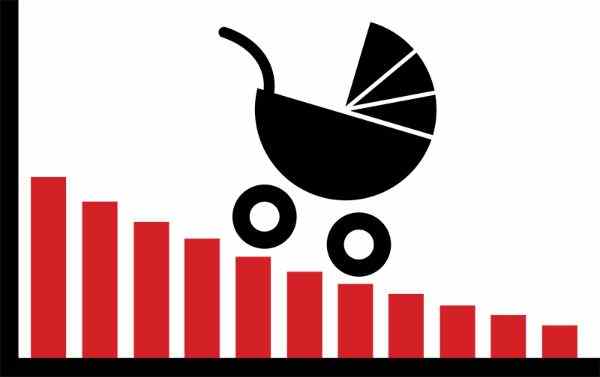U.S. birthrates hit record lows—but it’s not all bad news.
By Rieva Lesonsky
The U.S. fertility rate hit a record low in 2018—and the total number of births was the lowest in 32 years, Axios reports. “[The] fertility slump is reshaping America’s future workforce,” The Wall Street Journal contends.
An early report from the Centers for Disease Control and Prevention’s National Center for Health Statistics says 3.79 million babies were born in 2018—down 2% from 2017—and this was the fourth year in a row the numbers fell.
Overall, says The WSJ, “births in the U.S. have fallen in 10 of the last 11 years since peaking in 2007, just before the recession. Many demographers believed that births would rebound as the economy recovered, but that trend hasn’t materialized.”
The news may seem dire for future employers wondering if there will be enough workers. However, for companies that target the baby market, the news isn’t actually all bad. The biggest fertility declines were among younger and single women—particularly teenagers. The teenage birthrate was down 7% in 2018 from the previous year.
The one demographic that actually had more babies is women aged 35 to 44. Women in the U.S. are waiting longer to get married and are starting their families later than previous generations. And while this may lead to them having fewer children, older new moms have more money to spend on their tykes.
The other possible bright spot on the horizon? The Journal reports demographers hope that as the huge millennial generation gets older (the youngest millennials are only 19), the “birthrate will begin rising again.”
Chart stock photo by M-SUR/Shutterstock







